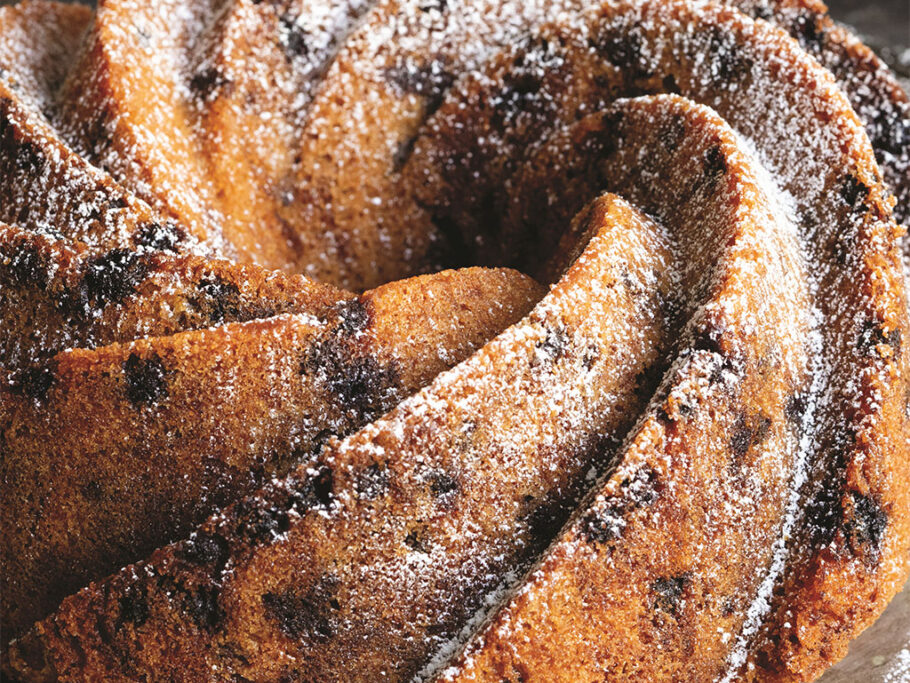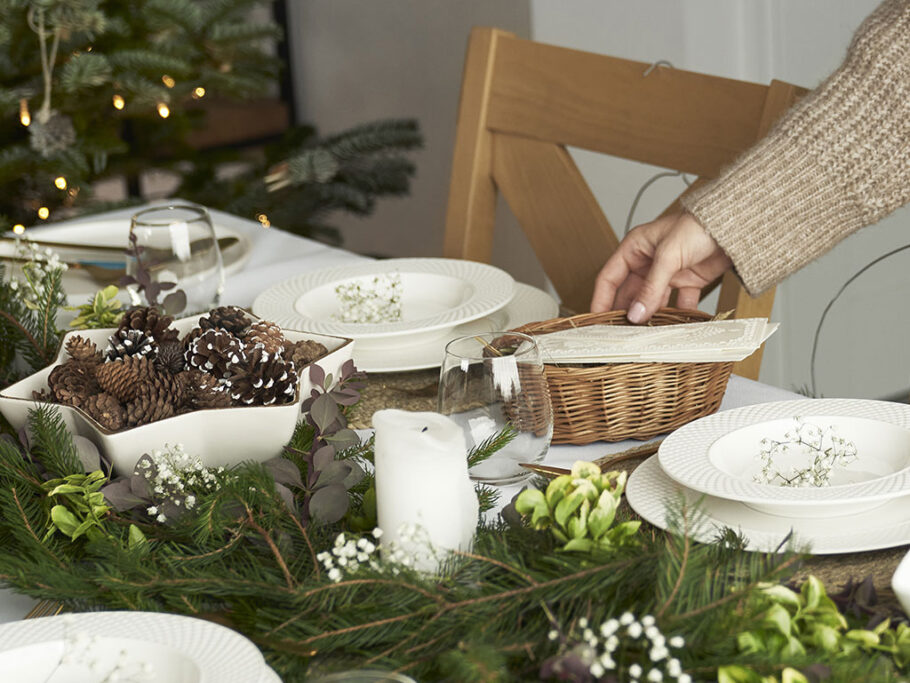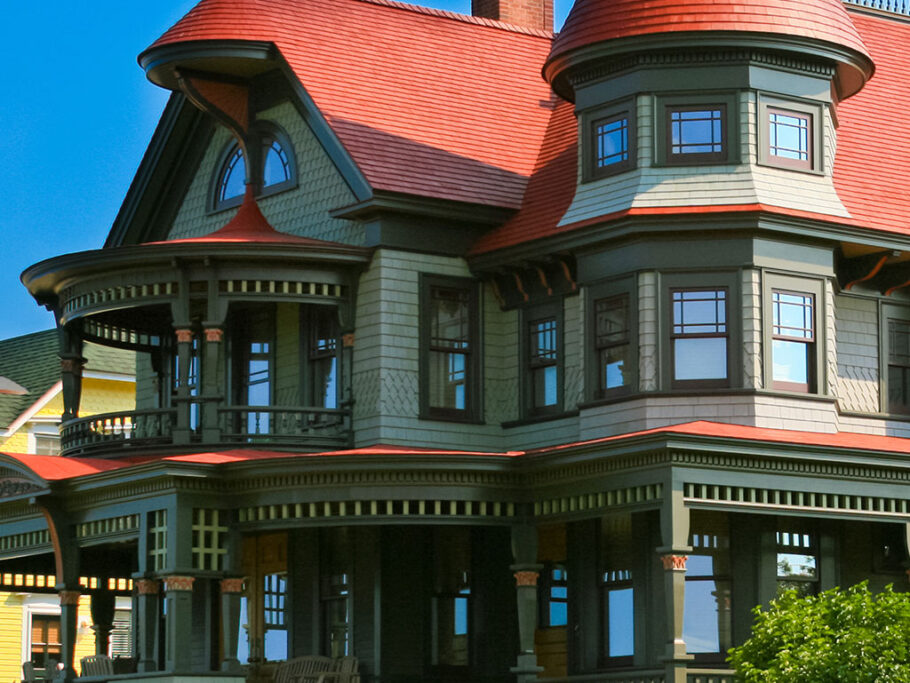Container Planting Made Simple
Depending on climate and soil, planting a home garden can be tricky. There are, however, plenty of other solutions to achieve the effect of a garden without having to dig into the ground—like container planting.
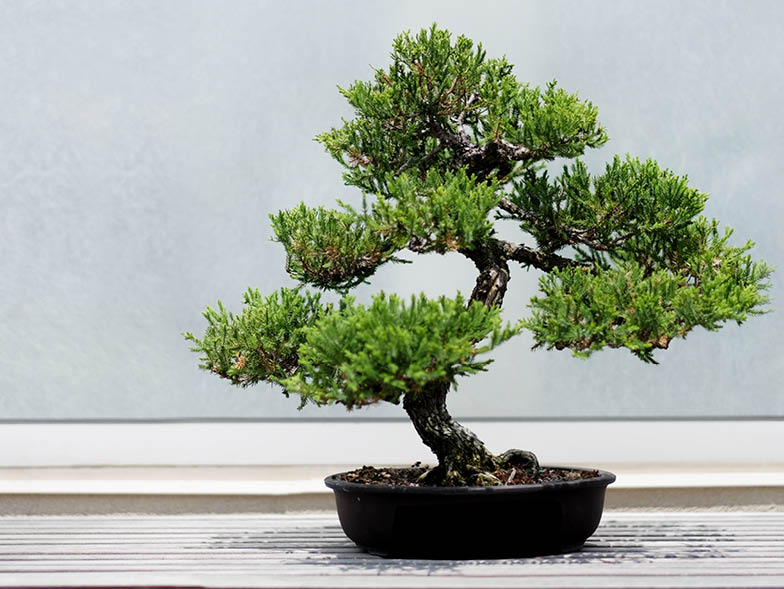
Getting started
- Choose your container wisely. Avoid dark containers, terra-cotta pots, and chemically treated wood, as these could harm the growing process.
- Make sure your container has adequate drainage—enough to drain slowly while keeping roots hydrated.
- When you’ve chosen a container, add a thick layer of peat moss, sand, and potting soil—the best mixture to grow container plants.

Get planting
Start at the center.
The center plant in your container should stand out from the crowd. Plants with striking colors, fun foliage, or tall stalks are the best bet to make its mark in your container garden.
Centerpiece plants: hibiscus, caladium, geranium
Fill the bare spots.
Closely cropped flowers or plants are best for filling in the bare areas of your container. Whatever colors you choose, keep in mind to compliment the centerpiece plant and highlight its features.
Filler plants: marigold, petunia, begonia
Let it hang.
The final piece of your container gardening puzzle should be a set of hanging plants that drape over the sides of your container in a waterfall effect. While these plants should be eye catching, they should still compliment the rest of the flowers in the pot.
Hanging plants: vinca, ivy, alyssum
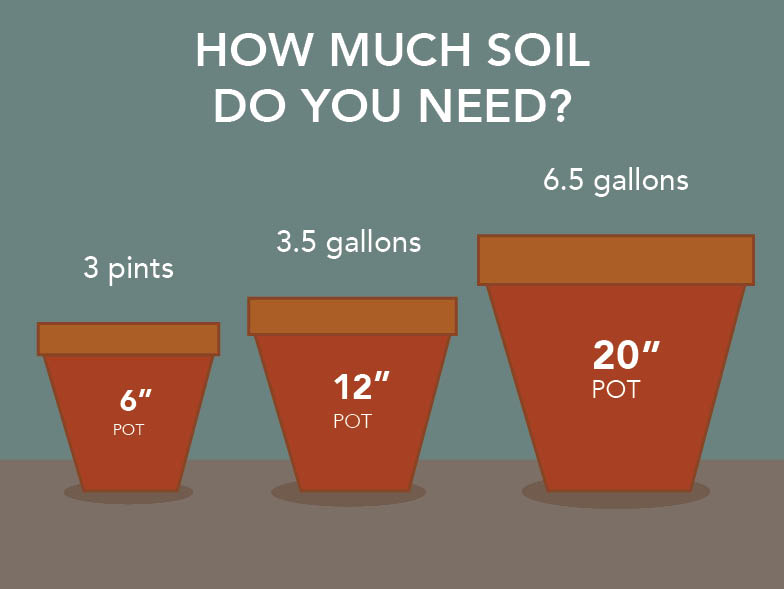
How much soil do I need?
6-inch pot: 3 pints
12-inch pot: 3½ gallons
20-inch pot: 6½ gallons
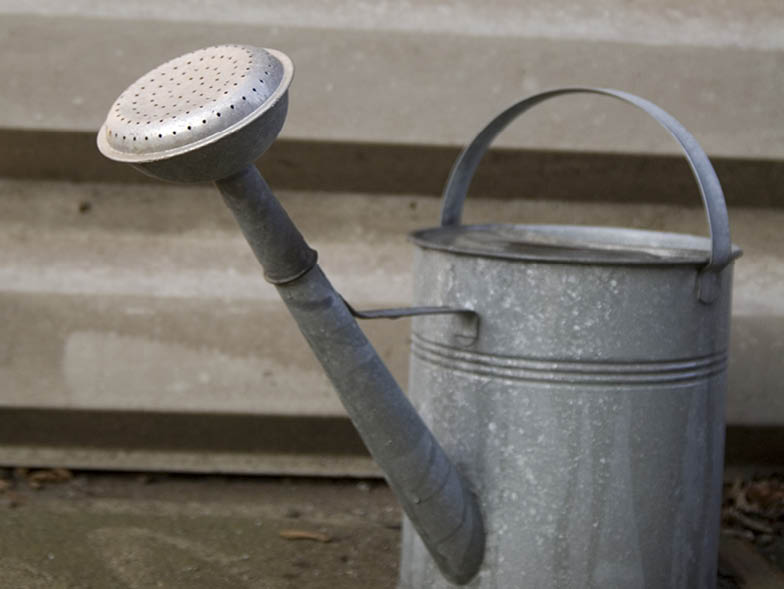
Tips for healthy plants
- During hot, dry weather, water container plants daily. If you live in a wetter climate, water the plants two to three times per week.
- As you water, fertilizers are removed from the soil, so be sure to replenish frequently.
- Plants with white or freckled leaves tend to require more sunshine, so be sure to keep these plants in an area with plenty of sun.
- As flower buds fade or die, be sure to remove them to keep the healthy blooms strong.

